I Found a Real Treasure Map in Nova Scotia and It's Worth Billions
How a hidden treasure just off the shore of Nova Scotia will power a new Canadian century
There are moments in history when a place that’s been overlooked, underestimated, or simply out of the way suddenly finds itself at the centre of something big. This is one of those moments for Nova Scotia.
If you’ve grown up here, you’ve probably been trained to temper your expectations. You’ve heard all the slogans and seen all the plans. The big plays that never quite landed. So when someone says “Big Idea” you might reasonably roll your eyes.
In his book Failures and Fiascos, Dan Soucoup lays out a case that reads like a greatest-hits list of Maritime misadventure. The book catalogues 25 schemes—spanning from the 19th century Intercolonial Railway to 20th century disappointments like the Bricklin sports car and Clairtone stereo factory—all launched with fanfare and political promises, and all ending in flames, flops, or fraud. Not to be outdone the 21st century has added to the list with heart-sinking consistency and a new bureaucratic bravado. Ships didn’t start here, nor did the convention business, nor any number of failed tech start-ups. The big business has turned out to be cleaning up the mess of pulp mills, coal mines, and other massive mistakes.
The unifying theme? A familiar dance: political leaders, desperate to “do something” about the economy, fall for seductive visions of industrial grandeur, often pitched by fast-talking outsiders or buoyed by naive local optimism. These projects are typically launched without proper oversight, realistic accounting, or long-term plans—and paid for with public money.
The result has been a kind of economic PTSD in the region. Every new ribbon-cutting or press release touting jobs, growth, and prosperity is filtered through a deeply embedded memory of past blunders. Generations have watched promises evaporate, companies vanish, and government bailouts disappear into thin air.
This is not to say Nova Scotians should stop dreaming. But: if your idea requires public money, a glossy press release, and a minister with a shovel, you’d better have something more than faith and buzzwords behind it. Because around here, we’ve heard it all before.
For more than a decade, The Curse of Oak Island, a show that celebrates the fiasco and failure of treasure hunting has spun ratings gold out of the idea that Nova Scotia’s real wealth is buried, hidden, mysterious, lost — just one more shovel of dirt away. But maybe the curse isn’t on the island. Maybe it’s on us, for believing the only way to prosper is by digging. Meanwhile, the real treasure — vast, steady, powerful, offshore wind — isn’t hidden at all. Hilariously, and certainly a joke for future generations to tell about our bumbling ineptitude — we complain about it. The wind rattles us more than the snow, rain, or cold. It’s a central character in all our cursing about the weather. It’s out in the open, hidden in plain sight, roaring across our Eastern Shore, waiting to be claimed. No treasure map required. Just the will to build.
Hang in here.
Because this isn’t another silver bullet or blind leap. It’s a story rooted in facts and in geography. It starts with a simple image — a wind map of North America — and the stunning, inescapable truth that Nova Scotia has the best offshore wind profile on the continent.
That one geographic fact, paired with an $80 billion market shock triggered by Trump’s second coming, may have just put Nova Scotia at the front of a new global energy race.
This essay makes the case — economically, politically, strategically, and culturally — that offshore wind on Nova Scotia’s Eastern Shore isn’t just possible, it’s necessary. That it isn’t just the best path forward — it might be the only one that makes sense.
And that if we do it right, Nova Scotia could power a new Canadian century.
To start, I need you to look at one big picture. This is the only real treasure map you will likely ever see.
What you are looking at is a wind map of North America.
Nova Scotia has the most steady and strong offshore wind, in the most shallow waters, nearest to shore, and closest to the largest energy markets in the world. No one else comes close.
How Trump Saved Canada
Donald Trump saved Canada by threatening tariffs and takeover. He reminded us of who we are, that we've been too complacent, and that we must become a nation again.
But he didn’t stop there.
January 20, 2025. On his first day back in office, Trump signed an executive order that indefinitely withdrew all areas of the US Outer Continental Shelf (OCS) from new or renewed wind energy leasing. This action halted future offshore wind projects and directed a comprehensive review of existing leases, with the potential for termination or amendment.
The same order imposed a moratorium on all new or renewed federal approvals, rights of way, permits, leases, or loans for both onshore and offshore wind projects. This pause remains in effect pending a comprehensive assessment of the federal government's leasing and permitting practices for wind projects.
It doesn’t matter if Trump changes his mind. The risk and uncertainty he creates has scared off the investors and companies from investing in off shore wind projects in the US. How much money are we talking about? More than $80 billion in current and future offshore wind projects will now be looking for a new home.
Who has seen the wind?
Neither I nor you:
But when the leaves hang trembling,
The wind is passing through.Who has seen the wind?
Neither you nor I:
But when the trees bow down their heads,
The wind is passing by.
Christina Rossetti’s poem gave its name to Who Has Seen the Wind, the classic Canadian novel by W.O. Mitchell, first published in 1947. The novel explores a boy's coming-of-age on the Saskatchewan prairie, using the vast, invisible presence of the wind as a metaphor for the unseen forces that shape life, death, and the human spirit.
The wind, in both the poem and the novel, represents something immense and mysterious — powerful but intangible. You can't see it, but you feel its effects. Mitchell’s use of the title suggests that meaning, purpose, and even grace are like the wind: they move through us, shape us, and change us, even if we never see them incarnate.
We can see the wind now, as a new power that spins ever more efficient turbines, lights cities, and powers our country. Maybe future generations will look back at us not as people who asked “Who has seen the wind?” — but as the ones who finally saw what it could do.
The Big Idea. A New Canada. An Ocean Energy Amplified Future.
Canada's founding logic was simple:
open the West, and bring its resources back East.
Nova Scotia is offering something new.
A clean energy corridor — powered by Atlantic wind — to send electricity west.
It’s not a wire — it’s a lifeline.
From Nova Scotia’s windward shore to Ontario’s grid and Quebec’s hospitals, this is Canada’s 21st-century Confederation project. A nation-building project we can all be proud of.
This isn’t just a power line—it’s a clean growth engine. It replaces fossil fuel imports with limitless domestic energy. It powers green industry, data centres, and loads hydrogen and battery storage hubs. It ties together regional grids, boosts local participation and local ownership, and finally connects Atlantic Canada to the continental energy economy—not as a customer, but as a supplier.
Nova Scotian wind becomes a symbol of Canadian leadership: a shovel-ready, climate-aligned, export-generating, responsibility-forward megaproject that everyone can get behind—built not for yesterday’s needs, or today’s worries, but for tomorrow’s prosperity.
WHY NOW
Offshore wind is no longer theoretical. It's real, proven, and booming.
The U.S. is stuck. Trump hates ‘windmills’. He’s cancelled ready-to-go offshore wind projects with a lifetime value over $80 billion. Developers are stranded.
Nova Scotia has the wind and the will.
WHAT IT LOOKS LIKE
We can build the Nova Scotia Model—a bold, blended approach that combines Denmark’s local co-ownership, the UK’s revenue certainty, and the U.S. incentive-driven scale to create the world’s most attractive economic case for offshore wind investment. It’s practical, proven, and uniquely ours.
Bringing capital to Nova Scotia. Powering Up local offshore energy projects. Bringing stranded US projects to Nova Scotia. Owning the future of global energy production.
Offshore turbines turning along our windward shore.
Power landing on the Eastern Shore.
A high-capacity lifeline stretching west — through NB, QC, ON. powering a quarter to a third of Canada and supplying export markets.
Industrial activity of all sort booming from Dartmouth to Canso and across Nova Scotia.
All Nova Scotia’s energy met by a clean energy system owned by Nova Scotians.
A national grid we can rely on.
A country wired together, not just by politics — but by purpose.
THE CALL
Nova Scotia is ready to lead.
This is the next act for a province bursting with opportunity and promise.
Nova Scotia and a New Canada
It’s time to start talking about what’s possible.
By the Numbers: Offshore Wind Opportunity
Energy Demand (Annual Electricity Use):
• Nova Scotia: ~11 terawatt-hours (TWh)
• Canada: ~650 TWh
• Eastern U.S. (13 states): ~1,500 TWh
• World: ~27,000 TWh and rising fast
Current Global Offshore Wind Capacity (2024):
• World: ~75 GW installed (producing ~250 TWh/year)
• Canada: 0 GW
• Nova Scotia: 0 GW
Nova Scotia's Offshore Wind Potential:
• Using current fixed-bottom tech:
Up to 35 GW developable in shallow shelf waters – enough to power Canada’s entire Atlantic region and export surplus.
With next-decade tech (floating, deeper water, smarter grids):
• 100+ GW potential – At the speed and consistency of Nova Scotia’s wind, that could easily be over 500 TWh/year. A clean energy powerhouse on par with any in the world. Helping power Canada and the Eastern US.
Power by the Numbers: A Simple Guide
When we talk about energy, the numbers get big fast. Here’s a quick cheat sheet:
A watt (W) is a tiny unit of power — about what a small LED bulb uses.
A kilowatt (kW) is 1,000 watts — about what a toaster or hair dryer uses.
A megawatt (MW) is 1,000 kilowatts — enough to power about 1,000 homes.
A gigawatt (GW) is 1,000 megawatts — think of it as a large power plant.
A terawatt-hour (TWh) is a measure of electricity used over time — one terawatt-hour can power about 90,000 homes for a year.
Nova Scotia uses around 11 TWh of electricity per year.
Canada? About 650 TWh.
The Eastern U.S.? Around 1,500 TWh.
And the world? A staggering 27,000 TWh, growing every year.
When we say Nova Scotia has the offshore wind potential to generate over 500 TWh a year, that’s not just enough to meet our own needs — it’s enough to power much of Canada and export to the US and world markets.
The Current Situation In Energy - Global
The International Energy Agency (IEA) predicts that renewable energy will become the largest source of global electricity generation by early 2027. Global wind capacity is expected to almost double, with offshore marine wind projects accounting for 20% or more of that growth.
Offshore wind power has the benefit of having a higher and more consistent output than onshore wind power, with a worldwide potential of 420,000 terawatt hours (TWh) per year – which was more than 18 times the total worldwide electricity demand. The IEA’s Executive Director stated that, offshore wind currently provides just 0.3% of global power generation, but its potential is vast. Much work remains to be done by governments and industry for it to become a mainstay of clean energy transitions.
The Current Situation In Energy - Canada
Canada has 42 offshore wind farm projects of which none currently operating, none where construction has progressed enough to connect the turbines and generate electricity, none are in the build phase, and none are either consented or have applied for consent.
The Current Situation In Energy - Nova Scotia
Nova Scotia's Energy Department has picked five sites:
French Bank.
Middle Bank.
Sable Island Bank.
Sydney Bight.
Western/Emerald Bank.
All told, the areas cover more than 19,000 square kilometres of open water, mostly off the Eastern Shore.
In my view the value proposition is so strong the entire windward shore of Nova Scotia should be opened for offshore wind development. If our choice is supply China with a waning stock of lobsters, fish and eels in an industry that leaves fishermen at the mercy of the sea and commodity pricing, or a future where Nova Scotia lights the path for a new national order by supplying most of Canada’s energy needs, I say we work toward the later.
But in truth, the two aren’t mutually exclusive. The only sense in which the two will compete is that there will be so much more money, security, interesting work, and long term stability in the windward industries than in the bysantine systems of selling lobster and the traditional fishing industries that the latter will become a lot less interesting to Nova Scotia’s rising generation reconnecting with the true wealth of the sea and wind that made Nova Scotia prosper in the golden age of sail.
Nova Scotia plans to offer leases for 5 gigawatts of offshore wind energy by 2030, with a first call for bids by 2025. To help reach that goal, Module 2 of the Offshore Wind Roadmap outlines the Province's plan to develop a robust supply chain for the emerging sector, and builds on the work of the first module. The roadmap will include 3 modules:
Module 1: Offshore Wind Roadmap (PDF) - maps the work to complete the legislative and regulatory regime for offshore wind
Module 2: Offshore Wind Roadmap (PDF) - outlines the supply chain and infrastructure opportunities for offshore wind
Module 3: Offshore Wind Roadmap - will reflect input from the Mi'kmaq and other Indigenous peoples, as well as other groups like the fishing industry and other ocean users, environmental organizations, workers and the research community
Regional assessment for offshore wind
Nova Scotia and the federal government have started a regional assessment for offshore wind. It will help identify where and how offshore wind projects can be optimally developed, and inform how the sector and projects will be built in the future.
The Business Plan - Who Owns This, and Who Benefits?
We can learn from the most successful countries and take the best parts of their business plans: this isn’t about Nova Scotia Power, Emera, or any of the usual suspects. They can keep their poles and wires business and be the next Maritime Tel & Tel.
This is a brand-new opportunity — and we don’t have to copy the mistakes of the past or give anything to the old ways of doing things. We can take the best models from around the world and do it right. That means combining the UK’s proven offshore wind pricing system that reduces risk, with Denmark’s game-changing local ownership model, and Norway's sovereign wealth fund. In short: predictable returns, real jobs, and a piece of the action for Nova Scotians for generations to come — not just faraway investors.
The province takes a stake, communities, investors, supply chain businesses, and local groups can own part of it too, and the developers and banks bring the capital and carry the rest. It's a clear plan, with risk capped, returns shared, and wealth staying here. We’ve spent a century exporting raw resources and importing disappointment. This time, we keep the future — the power, and the prosperity — at home.
Before We Begin
Let’s acknowledge it all, shall we?
Yes, all government is distrusted.
Yes, belief in anything is at an all-time low.
Yes, every big idea lately has turned out to be a grift, a gimmick, or a PowerPoint that cost a billion dollars.
And yes — we’ve heard it all about wind farming (most from Trump):
The turbines will hum and vibrate the seabed until whales beach themselves and barnacles lose their sexual orientation.
The fish will vanish, the kelp will rot, the turtles will cry microplastic tears.
There will be shadow flicker, low-frequency cancers, electromagnetic melancholy, and unexplainable feelings of being slightly “off.”
The healthcare system will fail us.
The traditional industries will crumble.
The old ways will be forgotten.
Indigenous rights will be ignored.
Colonialism will be perpetuated.
Capitalism will spread its legs and widen the wage gap.
We know.
Every big project now comes pre-packaged with a scroll of complaints long enough to connect every social justice warrior in Canada
.But here’s the thing:
What if this one’s actually worth doing?
What if this one — just this once — is real?
Let’s find out.
My day job is sorting through and pitching ideas. Mostly to global factual broadcasters like National Geographic and Discovery Channel. I’m about a 99% failure at my job. We research and develop ideas and they don’t get made. Someone’s already doing it. The timing isn’t right. The idea isn’t really supportable by the facts. The people involved are sketch. There’s big obstacles and problems. It cost too much money. And even among the shows that get made only about 1 in 10 really makes a difference. Even fewer make money. I’m not embarrassed to share this. All creative pursuits follow these odds.
But there’s really only one way to lose. It’s if you don’t try. If you get bitter and sour. If you don’t believe that good things can happen. If you don’t join in, be part of something larger and support the ideas that both feel right and are most likely to succeed.
The Nova Scotia government is doing what the government should do - they are looking for new sustainable ways to improve Nova Scotia and the shape of things to come for the rising generation.
They are doing it the only way anyone in history has ever known to do it, by carefully increasing economic activity in ways that create employment and wealth, without unreasonable risk, waste of resources, debt, or damage.
This has to be understood against the rational understanding that all human activity, however intended, is a kind of violence against nature. It's likewise true for all living things. Life is, counterintuitively, a destructive force. The new and increasingly popular government has been given a broad mandate and has ever-widening support at historic levels to improve Nova Scotia.
Citizens have the most important role in this. We have to get behind something. Government will drift and lose momentum if we don’t believe in something, in some direction or purpose. So we need to decide. We need to balance interests. We need to compromise. We need to not be childish, mawkish, or greedy with self-interest. We need to have a vision. We need to think of a future. We need to believe in something. We need to choose some path that could reasonably take us to a better and more prosperous future.
The Problem We Are Trying to Solve
So, what is the current situation and the baseline problem we need government to solve?
The problem is that, as you’ve read previously in THE BEE, Nova Scotia is ranked 60th among 60 states and provinces for having the lowest GDP per capita in Canada and the US.
The Poorest Place in North America (And Why It Stays That Way)
Wednesday evening. Just getting Dorothy to bed. My brother texts me and starts a thread of conversation that goes on until after midnight… about economics.
THE BEE has written deeply on this issue and offered a systemic analysis of the change required, not to be world-class, but simply to get out of the very bottom of the ranking. And we should all be concerned with these fundamentals. But the government is also tasked with and responsible for economic development.
About 2% of our annual provincial budget and much of our lobbying for federal and other funding is focused on new ideas for future economic success.
Economic development refers to the strategic efforts made by governments, institutions, and communities to improve the economic well-being and quality of life of their people. It generally involves initiatives aimed at:
Attracting investment
Supporting business growth
Creating and sustaining jobs
Expanding exports and innovation
Improving productivity and infrastructure
It’s not just about making the economy bigger—it’s about making it better over time, with lasting, diversified, and productive foundations. It’s one area of government that is focused on our economic future.
In Nova Scotia, economic development spending appears across multiple departments and agencies, so there is no single budget line labeled “economic development.” However, here’s a reasonable breakdown based on the 2024–2025 Nova Scotia provincial budget:
Core Areas of Economic Development Funding
Department of Economic Development – Approx. $99 million
Invest Nova Scotia – Approx. $60–$70 million (includes grants, incentives, and strategic initiatives)
Film and Television Production Screen Industries Fund – Around $40 million
Tourism Nova Scotia – $20+ million
Research NS / Innovation ecosystem – $10–20 million
Other initiatives, programs, departments, agencies, boards, and commissions - $10 million
When you add it up, direct economic development initiatives—across innovation, entrepreneurship, exports, trade, regional development, tourism, screen industries, and investment attraction—come to roughly $250–280 million annually.
So We Try Some Things
The current government is leaving no stone unturned. They've had success developing screen industries, exporting lobsters, keeping Michelin, the French tire manufacturer, increasing tourism, and supporting timely buy local campaigns. They have also made some uncomfortable by exploring the possibilities such as fracking, uranium mining, and rare earth mineral mining. I've written analysis of all these things, examining the business case and returning the bad news - none of these things are right for Nova Scotia's future for very practical and measurable business reasons.
WTF - What The Frack?
Fracking, short for hydraulic fracturing, is the process of using a high-pressure mix of water, sand, and chemicals to release oil and gas from deep underground. Now, you might be thinking, “How bad can fracking really be? It produces natural gas! That sounds natural enough.”
Should Nova Scotia Invest in Lithium Mining?
Lithium Mining in Nova Scotia - A Brief (that’s actually brief) Investment Perspective For Discussion
Digging Ourselves Into a Hole: The Predictable Scam of Rural Resource Hype
Yes!!! For sure. We should always be open to talking about our opportunities, new ideas and technologies, new ways of looking at things, and changing our minds when the facts change.
So what's the answer? What's the economic development big swing that won't end up on the massive pile of misfires, missteps, and fazed cookies in our economic development history. I now believe the case is clear.
I believe the answer is Offshore Wind development along NS Scotia's windward coast, the Eastern Shore.
In the months and years ahead, we will build something the province has never seen before: a world-class offshore wind industry with a brand-new power structure. Not a branch plant. Not a captive market. But a sovereign energy economy rooted in Nova Scotia and open to the world.
This industry will bypass the old monopoly model.
It will allow direct export of clean, renewable electricity to markets in Quebec, Ontario, and the Eastern United States.
It will enable new players, new communities, and new partners to co-own and co-profit.
It will construct an offshore transmission backbone, independent of legacy infrastructure.
It will attract global capital and technology, while keeping the value, jobs, and know-how here at home.
Thanks to the Energy Reform Act of 2024, a new Energy Board will oversee this transition. The outdated structures that once limited progress will give way to a more open, modern, and responsive framework. Offshore wind won’t be integrated into the old system—it will create the next one.
And most importantly, this project will belong to us. We will write the rules. We will build the partnerships. We will train the workforce, own the assets, and lead the export strategy.
Nova Scotia will become a global leader in offshore wind. Not because we followed someone else’s blueprint—but because we created our own.
This is how we will power the next century. This is how we will own the future. And this is how Nova Scotia help build a New Canada for the next century.
Believing
If you’ve made it this far, you’ve seen the pieces fall into place: the global energy shift, the vacuum left by the U.S., the deep waters of our economic stagnation, the ready winds of the Eastern Shore.
This isn’t a dream, a pitch deck, or a fantasy. It’s the intersection of luck, logic, and leadership. Nova Scotia has the resource. The world has the demand. And for once, the timing is not a problem — it’s the point.
This is the chance to stop managing decline and start building again. To turn a page, not just for this province but for the country. Offshore wind is not just energy. It’s purpose. It’s national renewal. It’s work worth doing.
We’ve been here before, in the age of sail. Our ancestors built ships that conquered the oceans using nothing but the wind. The next chapter may not look so different after all.
Let’s go.


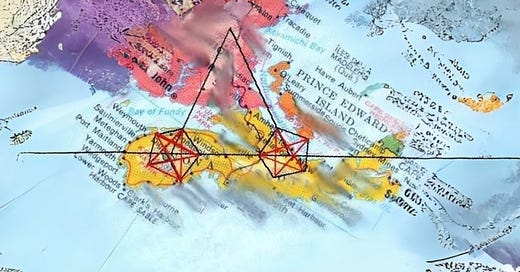



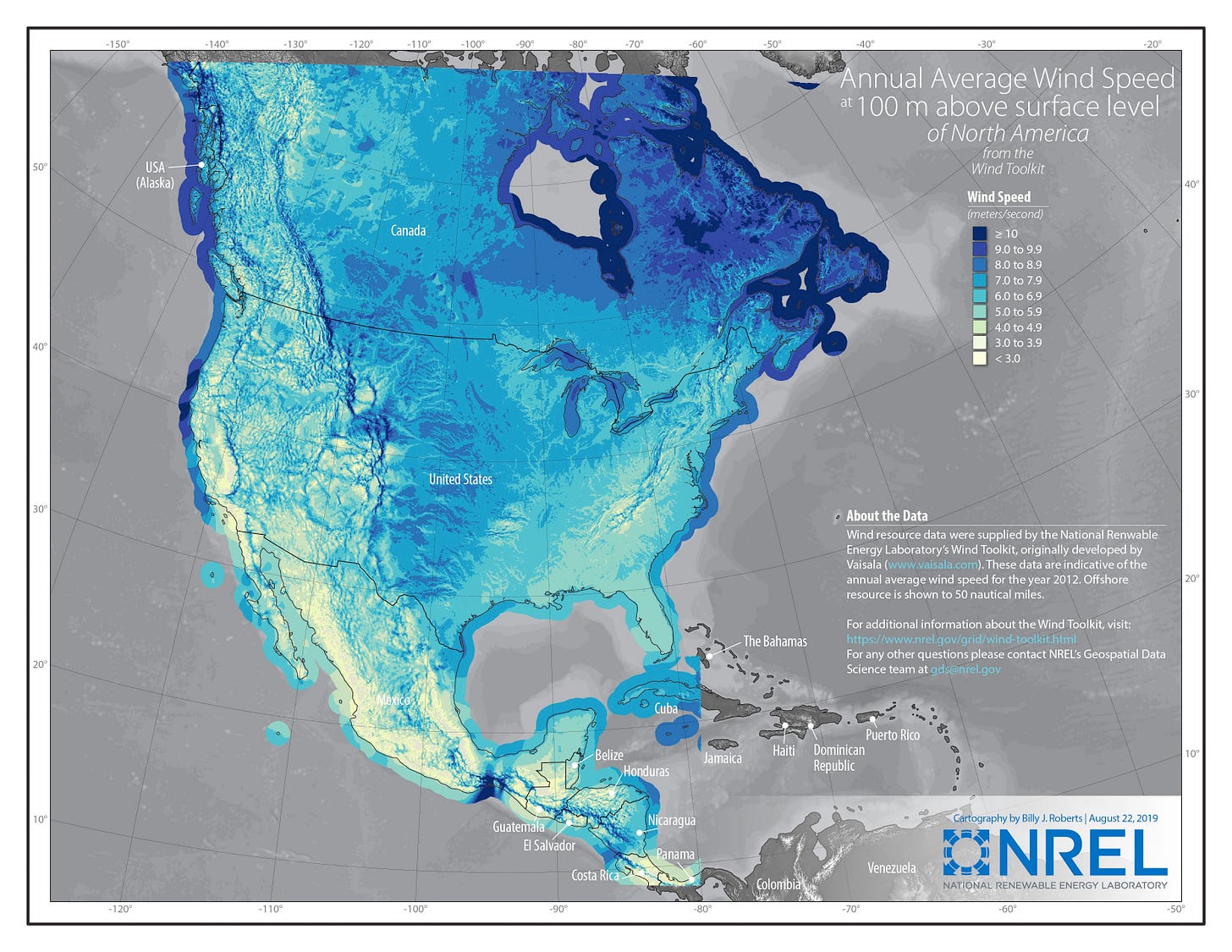
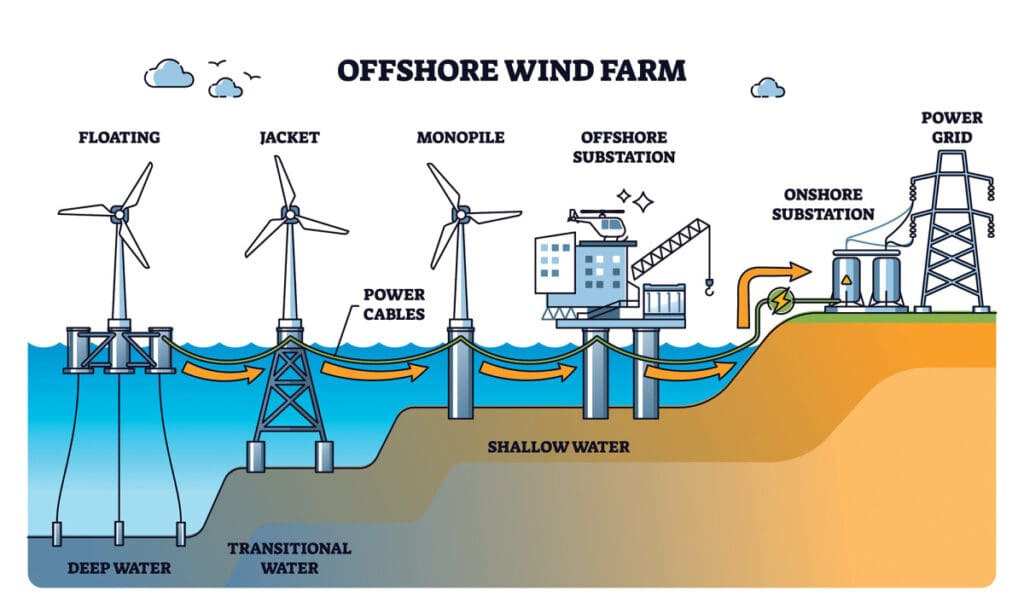
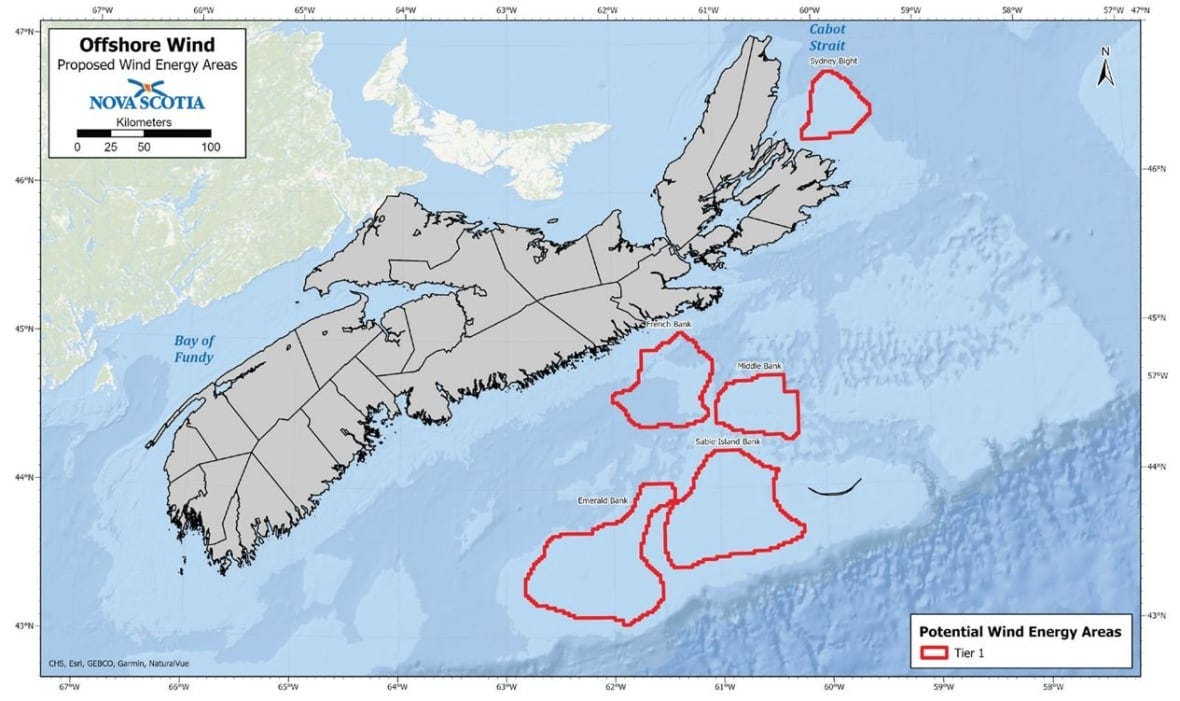


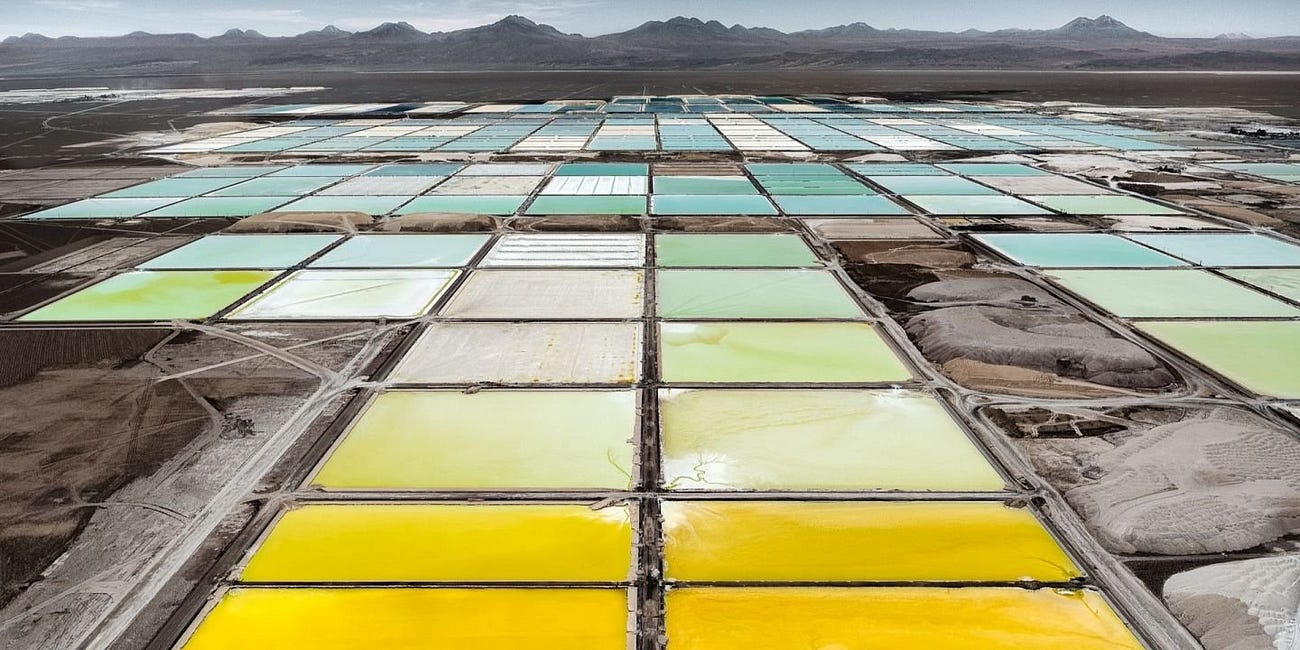

After that meeting I read a history of the Masons, learned that several Founding Fathers of the US were Masons, as were many other historical figures. Some of my friends are. It is a positive organization. I just remembered his name. Curtin Winsor, Jr. We talked for quite a while while we sat outside the restaurant in the setting sun waiting for tables. (He won the 2022 Manwaring Award.) He quietly recounted anecdotes about President Reagan and other notables he has known well. Spoke of the positions he held, the trends he observed. Experienced, confident, not boastful.
Re the Manwaring award, in the notes the presenter described how Winsor was early to see consequences and trends, such as the possible follow-up to the first attack on the WTC in NYC, an explosion in the parking garage. A few years after that attempt, I interviewed a senior member of the WTC Assoc. on one of the upper floors, a man close to retirement. This was years before the successful 2001 air attack by a group of fanatical unskilled pilots wielding box cutters, hardly the existential threat to western civilization, as it is still described.
Re wind, I helped found a start-up back when Dr David Wheeler was holding town hall meetings as part of the process to set up a regulatory regime for the sector. Our plan was to set up a pilot project, a small wind turbine at a fish plant on Cape Sable Island. We received funding and were supported by a few senior people in the industry. Squabbling by the founders ended that story.
Wind and solar are the future, and yes Nova Scotia is well positioned. Nuclear energy can also play a role, as Germany showed before Merkel impulsively shut down the sector. Not to mention conservation, as the waste in the energy sector is immense. By historical standards the price of energy is minimal, so why conserve?
Amusingly, the Oak Island show is brilliantly edited with dramatic music, yet at the end of each episode what they have uncovered is precious little. It does, however, put NS on the map, so to speak. The one time I took the tour, once they cleared us out a convoy of expensive black vehicles with NA plates descended. This a was a private tour for senior members of the Freemasons, NA division. Later I met one of them at a restaurant. He gave me his card and I looked him up later. An American, he had an extensive resume working for the federal government (under Reagan), the private sector, and NGOs. "I liked the private sector best," he said. Couldn't make this up.
Before we left Oak Island, a I was lucky to chat with Dan Blankenship, the amateur historian who began the era of modern searches and eventually moved from the US to Nova Scotia years ago. Our meeting was just before he died in in his upper nineties in 2019. Turned out he was a skeptic of most of the theories of who could have done the excavations and he told me just how little real evidence has been found since the initial discovery. One telling historical detail is that the depth of the main shaft precludes most countries from being candidates for doing the engineering work of excavating the shaft. Germany, as I recall, was the country that pioneered the technology, and later some of it was adapted in England. In other words, a lot of the episodes are malarky from the get go. Good marketing though.
Re wind power, while the technology behind renewables, mostly wind and solar, is ramping up fast, it still requires massive subsidies and the North Atlantic is a hostile place, as the oil sector knows. Energy storage is the real trick. Germany sells the electric power to Scandinavia where it is stored in the form of potential energy behind hydro dams, then bought back.
Note: the fossil fuel sector still receives massive government subsidies in many countries where it operates, including Canada, as it were still a fledgling sector just getting started, as it was a century ago when oil was found literally oozing out of the ground. In the US, hyper profitable Exxon doesn't bother to maintain its refineries (let alone build new ones) and pipelines, because, you know, that is a cost.